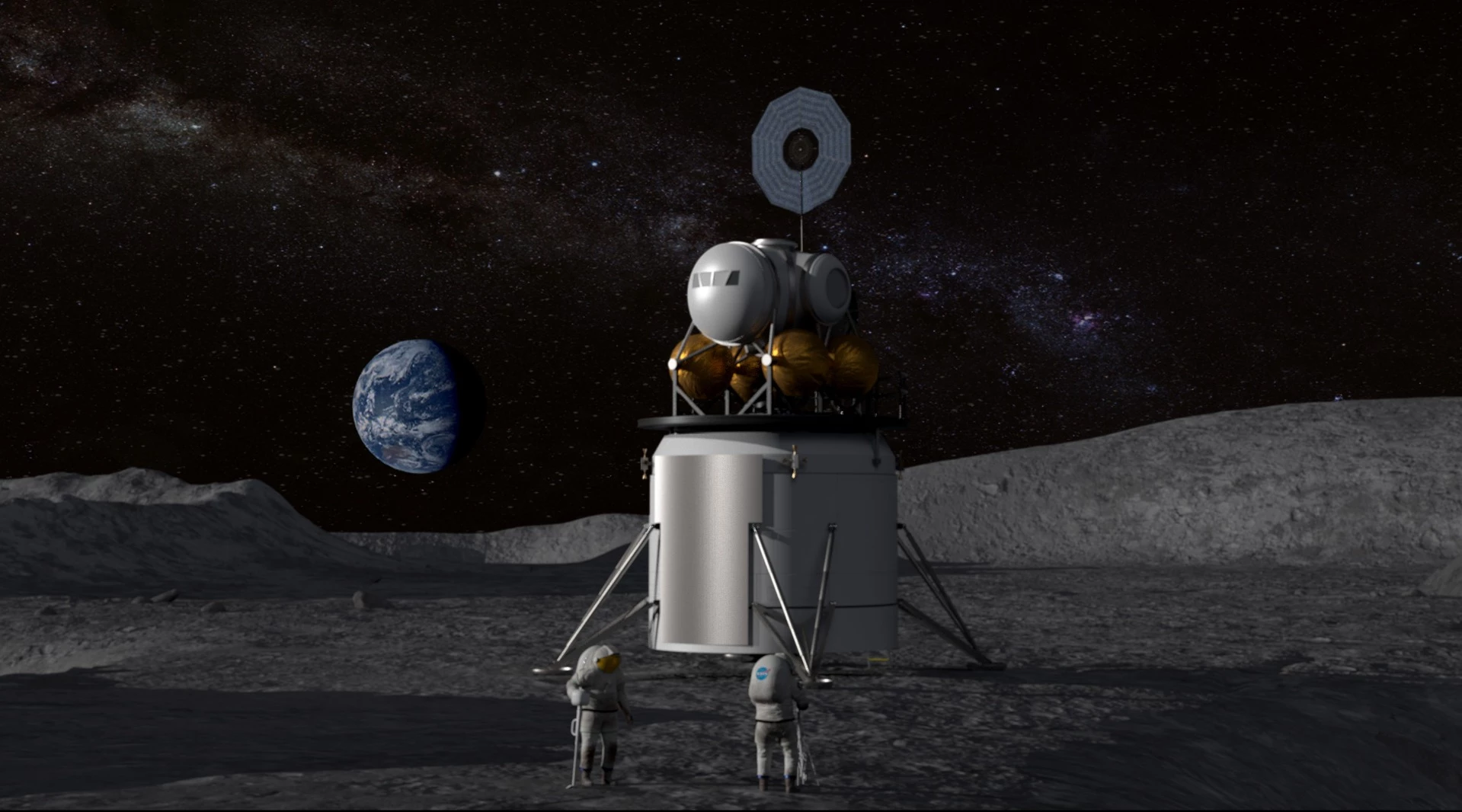NASA is huge, and with an annual budget of US$21.5 billion, over 17,000 employees and who knows how many geniuses, you'd think it could pretty much solve any sciencey spacey problem. But no. The space agency not only needs outside help, it encourages it. This week it announced 19 partnerships with US-based businesses to not only further its own goals, but those of businesses looking to embark on space adventures of their own.
NASA has committed to once again landing astronauts – including the first woman and the next man – on the Moon by 2024 as part of the Artemis program, and this time it plans to stay. In order to encourage the new ideas and technologies required to make the Artemis and subsequent Moon to Mars programs viable, NASA has selected 13 US-based companies for 19 partnerships in seven categories: Advanced Communications, Navigation and Avionics; Advanced Materials; Entry, Descent and Landing; In-Space Manufacturing and Assembly; Power; Propulsion, and Other Exploration Technologies.
The selected companies range from small businesses to massive aerospace corporations, yet all will be able to avail themselves of NASA's expertise, facilities, hardware and software at no cost. The selections weren't necessarily made based on specific needs that NASA has. It seems the intent of the partnerships is to advance the US space sector as a whole, whether commercial or otherwise. A rising tide approach if you will.

"NASA's proven experience and unique facilities are helping commercial companies mature their technologies at a competitive pace," said Jim Reuter, associate administrator of NASA's Space Technology Mission Directorate. "We've identified technology areas NASA needs for future missions, and these public-private partnerships will accelerate their development so we can implement them faster."
Among the companies chosen for the partnerships are Boston based Aerogel Technologies, which is working to improve the properties of flexible aerogels for rocket fairings and other applications, and Anasphere of Bozeman, Montana, which will research a compact hydrogen generator used to inflate heat-shields, which could enable larger payloads on Mars missions.
Of course, no self-respecting list of space-tech collaborators would be complete without the two big showmen of the space tech world, Elon Musk and Jeff Bezos.
Bezos' Blue Origin will collaborate with NASA on a fuel cell for its Blue Moon lander which could provide uninterrupted power during the lunar night (which lasts about two weeks). It will also collaborate on high-temperature materials for engine nozzles suitable for lunar landers.
This leaves Musk's SpaceX, which will work with the Kennedy Space Center to advance its vertical-landing rocket technology and will also collaborate on in-orbit refueling systems, essential to any long-haul mission.
NASA's Space Technology Mission Directorate hopes this partnership program will spark new ideas while reducing research and development costs for the agency and partners alike, all with the ultimate aim of speeding the integration of these new technologies into actual space missions.
Source: NASA






